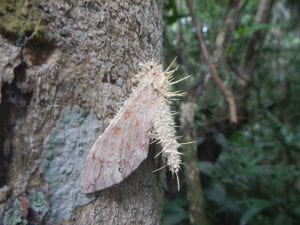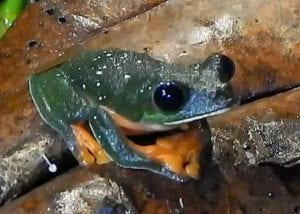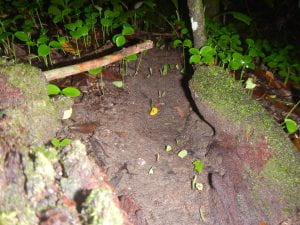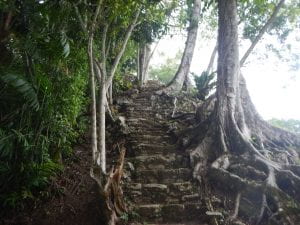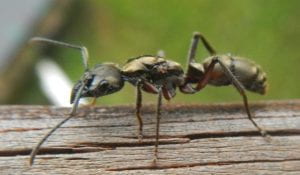So…this is my course summary and wrap-up blog. I’m writing it from the comfort of my own bed after a hot shower, and yet, somehow I’d rather still be sticky, stinky, and sandy in Belize. I’m still processing everything that happened on the trip– every day was jam packed with lectures, discussions, projects, travel, fun, and new places and faces.
The transition between the ‘surf’ week and the ‘turf’ week was difficult for several reasons, but the reef and rainforest are as similar as they are different. For one thing, the soil of the rainforest is derived from limestone, which was made from the shells of ancient reef creatures. Additionally, both rainforest soils and reef waters are relatively nutrient poor, yet they support unmatched levels of biodiversity. This is possible because of the highly three-dimensional spatial heterogeneity of reefs and rainforests. Creatures adapt to specialize in a certain space and they compete for access to nutrients. This space partitioning and competition are strong drivers of diversity!
I think my favorite- most unforgettable- part of BIOS 319 was the opportunity to coexist with rare and endangered species. I’m thinking specifically of the moment when a Morelet’s Tree Frog jumped onto my hand, but I also cherish our brief sightings of Scarlet Macaws, Acropora corals, and the sounds of Howler monkeys. Recalling my pre-departure mantra of ‘enjoying every moment’, I tried very hard to not have a ‘least favorite’ part of the course. But, if I had to pick something to dislike, I would say the bugbites (although I found them quite manageable with topical benadryl and calamine lotion!)
In all honesty, I learned a lot more than I initially thought I would, and a lot of that learning came through first-hand experience! I thought my taxa (sponges and ants) were a little boring at first, but there is complexity, wonder, and value to be found in everything. I was amazed to learn that leafcutter ants account for up to 25% of devegetation in tropical rainforests and that a mature leafcutter colony has the same appetite as a cow. And I didn’t just learn about my taxa: I have never been good at birding, but now I don’t think I can ever forget the cacophonous squawks of a scarlet macaw or the iconic teardrop shape of an Oropendola nest. But I think more than any factoids about the reef or rainforest, the longest-lasting lesson I’ll be taking from BIOS 319 is confidence in myself and my abilities. I had many doubts throughout the course, but I consistently surprised myself. I doubted that I could be comfortable snorkeling and diving down in the open ocean. I doubted my ability to hold an audience’s attention and communicate effectively. I doubted my ability to hike rainforest trails or even be outside for extended periods of time… but it all came so naturally to me. Despite (or perhaps, in part, because of) my quirks and idiosyncrasies, I am incredibly adaptable and resilient in new environments and capable of facing the unknown.
Thank you to everyone (in-field and behind-the-scenes) who played a part in making this experience possible. I’m so grateful.

